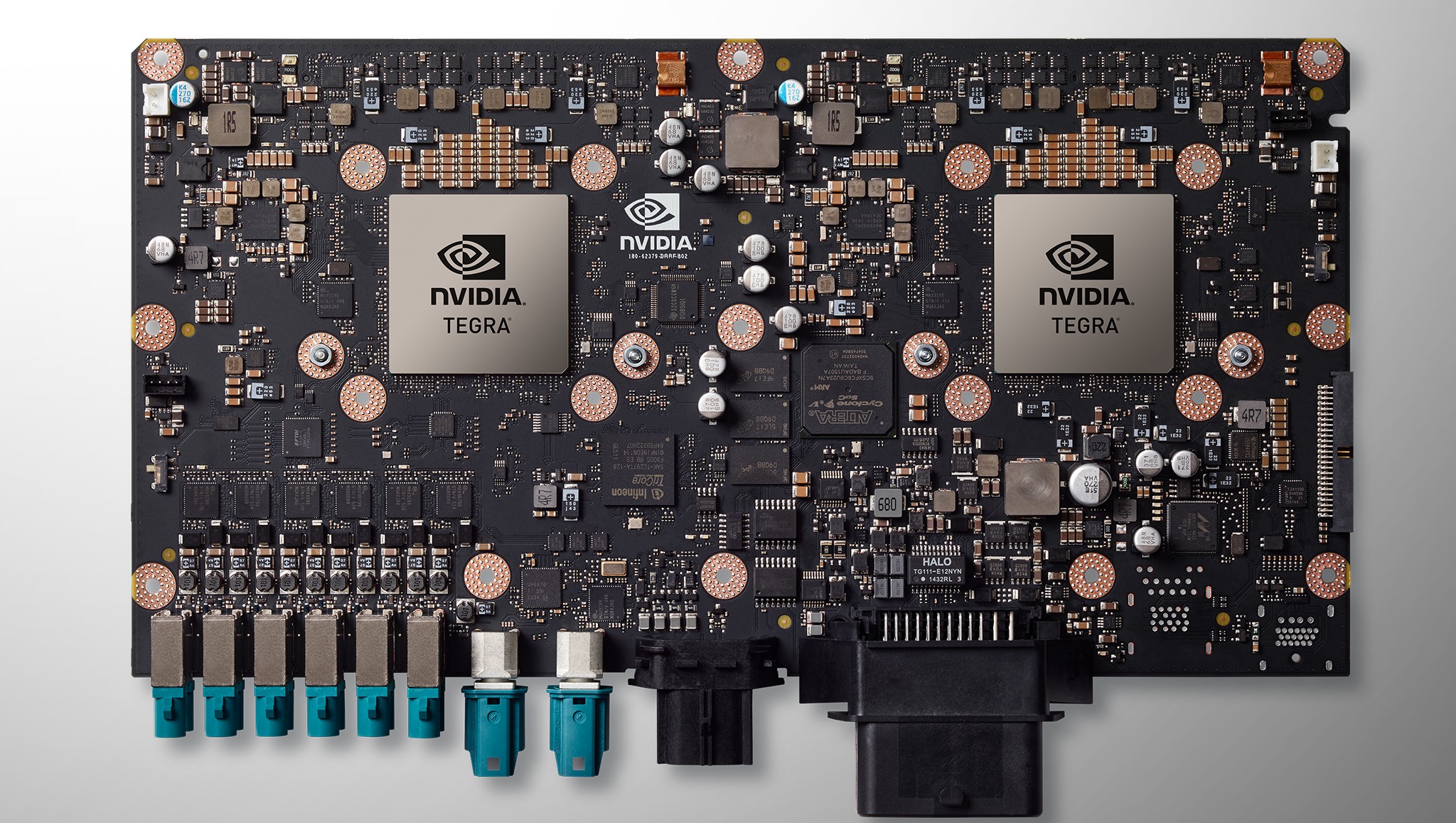

Volvo is working with Nvidia to test its new single-box autonomous driving computer.
At its CES 2016 press conference, Nvidia talked up the potential of its new AI 'supercomputer' for self-driving cars – the Nvidia Drive PX 2.
Volvo will launch a public test next year with 100 autonomous cars that will hit the road in Gothenburg, Sweden (where Volvo is based).
Nvidia chief Jen-Hsun Huang believes that self-driving vehicles will make a big contribution to society simply because humans are the most unreliable element in driving today. But the problem is that driving is rather difficult (it turns out). That's the key issue for machine learning to solve.
The main issue is that a series of events on any street is not straightforwardly predictable. Hazards such as pedestrians and bad driving from other road users just can't be legislated for. And there are huge numbers of different objects to be learnt; not every bus will look the same, for example.
That's where Deep Learning comes in – training on neural networks. This does take time, but GPU acceleration is helping to speed this up.
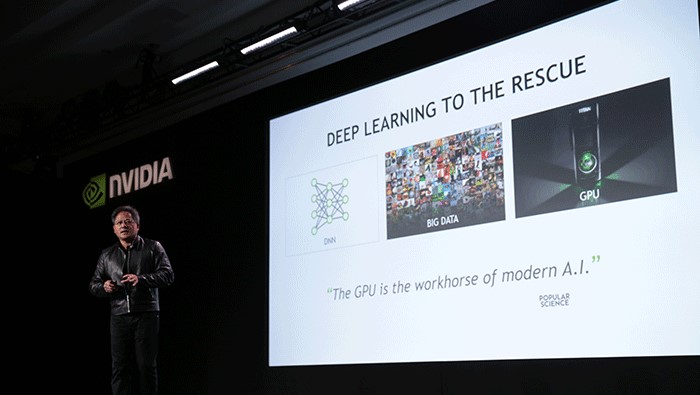
Over the course of just a few hours, Audi trained a network that can recognise German road signs at a level that beats every hand-coded computer vision approach. It achieves better perception of road signs than a human could.
Sign up to the T3 newsletter for smarter living straight to your inbox
Get all the latest news, reviews, deals and buying guides on gorgeous tech, home and active products from the T3 experts
Daimler, has achieved perfect pixel recognition. Also using the technology are ZMP, a Japanese company creating a self-driving taxi; and BMW, Toyota partner Preferred Networks and Ford.
Nvidia also demonstrated that the technology can now identify different classes of item on the road such as pedestrians or motorcyclists as well as what the in-car display could look like.
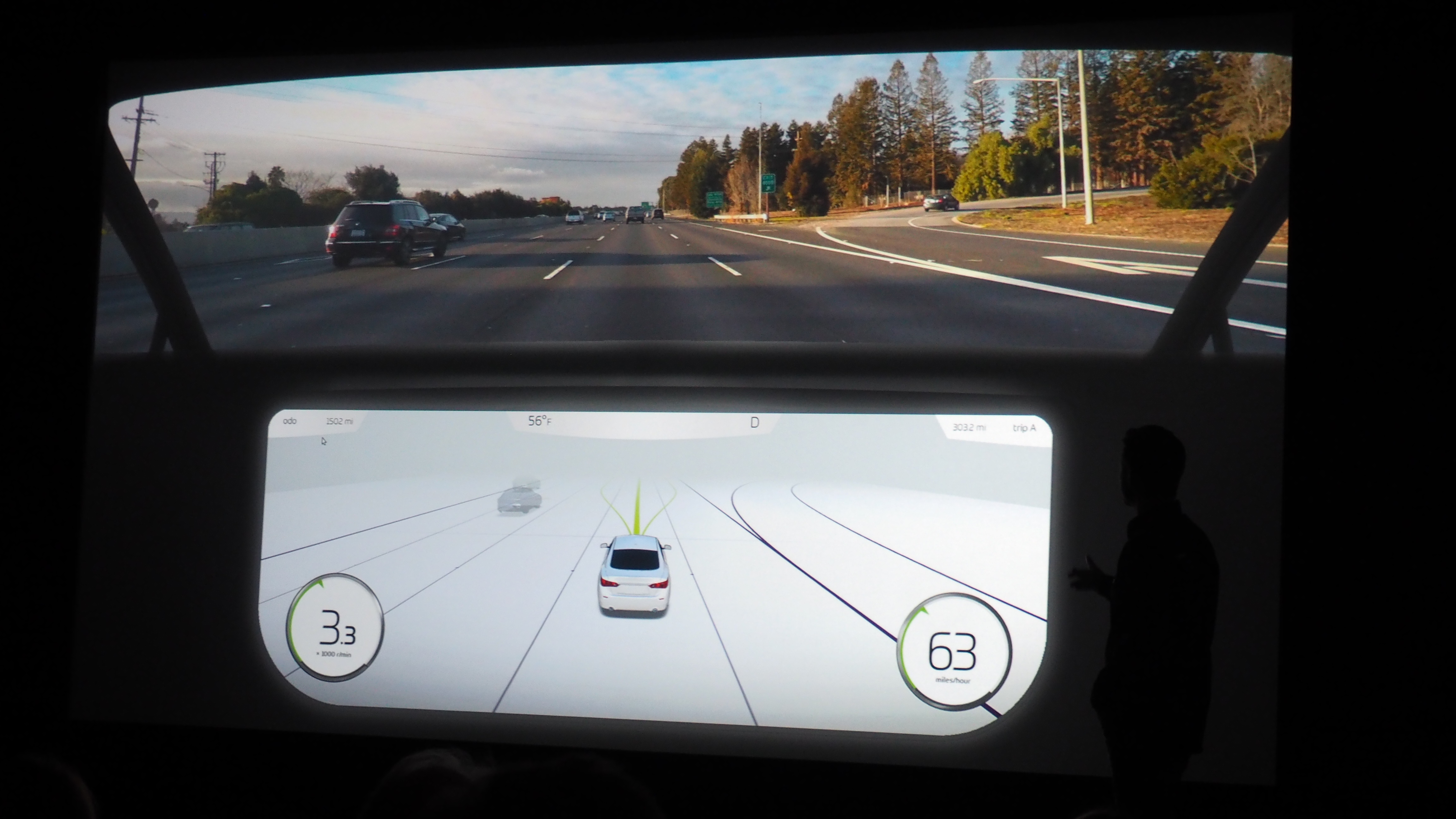
As you'd expect, the Drive PX 2 itself is no slouch, with 8 teraflops of compute power, which Nvidia says is equivalent to 150 MacBook Pros (spec unspecified, of course). There are 12 CPU cores and a Pascal graphics processor – it's all water-cooled for maximum efficiency (and you can plumb it into existing water-cooled self-drive motors for testing).
Check out all the latest from CES 2016
Dan is a previous Editor for T3.com and covered the latest in computing, home entertainment and mobile tech. He's also the former Deputy Editor of TechRadar and former Editor of Lifehacker UK. Dan has written for numerous computing and lifestyle magazines and has also written a book, too. You'll see him pop up in numerous places, having been quoted in or on The Sun, BBC World Service, BBC News Online, ITN News, BBC Radio 5Live, BBC Radio 4 and Sky News Radio.
-
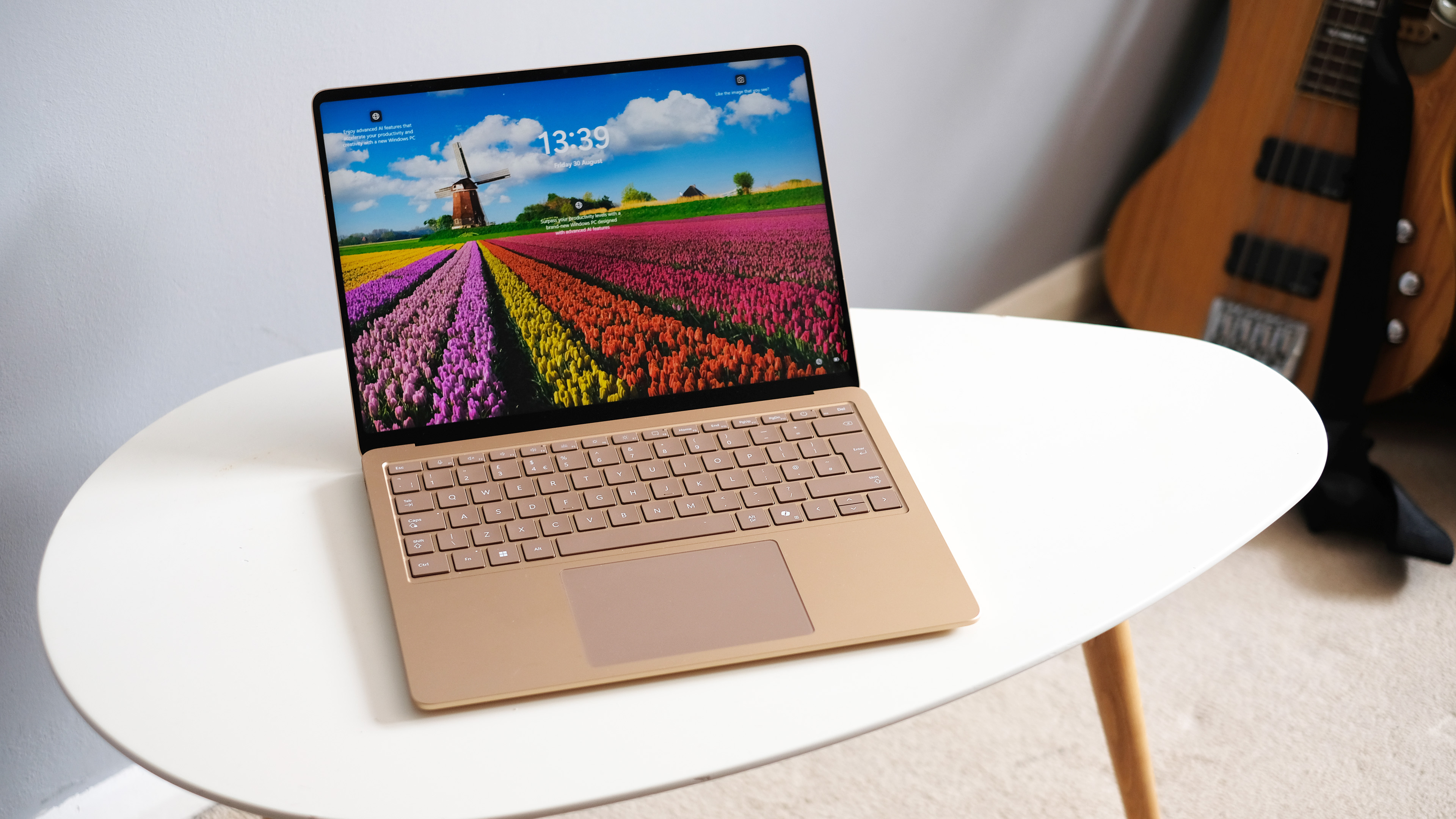 I tried a Snapdragon feature that's a game-changer for Netflix, Amazon and more
I tried a Snapdragon feature that's a game-changer for Netflix, Amazon and moreMoises Live can isolate and enhance audio in real-time using the Elite X's NPU
By Mike Lowe
-
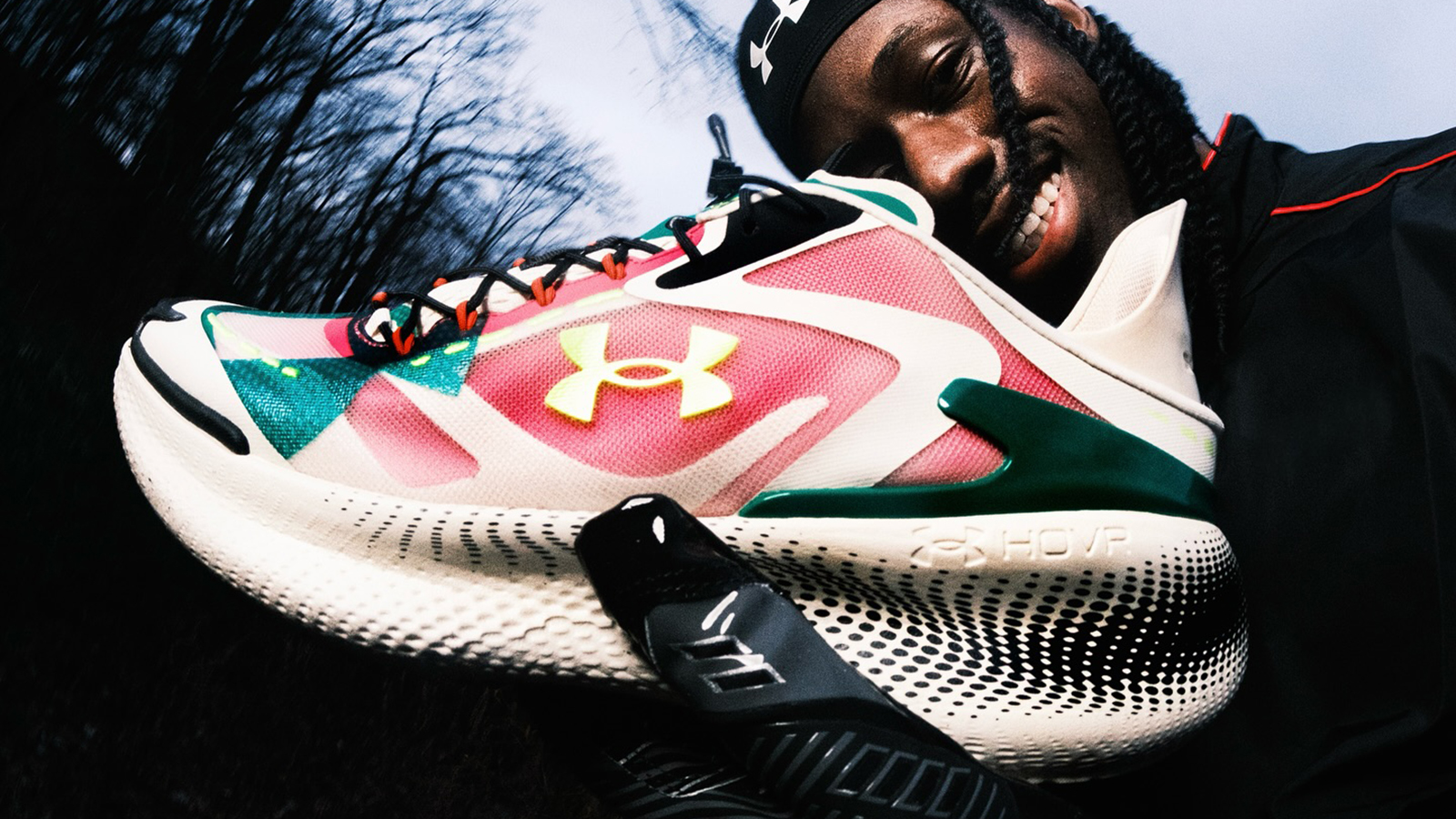 Under Armour's new sneaker doesn't play by the old rules
Under Armour's new sneaker doesn't play by the old rulesIf this is the future of the brand, it's off to a running start
By Matt Kollat